Braze welding steel is a versatile and effective process that allows for strong and durable connections between metal components. By using a filler metal with a lower melting point than the base metals being joined, braze welding creates a bond that is both structurally sound and resistant to corrosion. This article will explore the ins and outs of braze welding steel, from the basic principles and equipment needed, to the techniques and applications in which it excels.
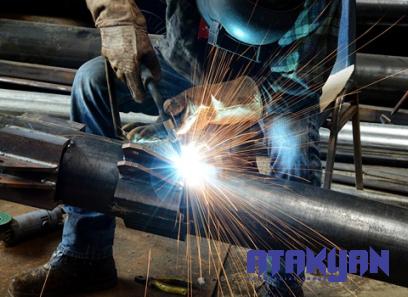
.
 Braze welding steel involves joining metal pieces together using a filler metal that melts at a lower temperature than the base metals. This process differs from traditional welding in that the base metals themselves are not melted – only the filler metal is heated to create the bond. The result is a strong, clean joint that is often more resistant to corrosion than other welding methods. The key to successful braze welding is choosing the right filler metal for the job. Filler metals come in a variety of compositions, including silver-based, copper-based, and nickel-based alloys. Each type of filler metal has its own unique characteristics, such as melting point, fluidity, and strength. By selecting the appropriate filler metal for the specific metals being joined, welders can ensure a strong and reliable bond.
Braze welding steel involves joining metal pieces together using a filler metal that melts at a lower temperature than the base metals. This process differs from traditional welding in that the base metals themselves are not melted – only the filler metal is heated to create the bond. The result is a strong, clean joint that is often more resistant to corrosion than other welding methods. The key to successful braze welding is choosing the right filler metal for the job. Filler metals come in a variety of compositions, including silver-based, copper-based, and nickel-based alloys. Each type of filler metal has its own unique characteristics, such as melting point, fluidity, and strength. By selecting the appropriate filler metal for the specific metals being joined, welders can ensure a strong and reliable bond.
..
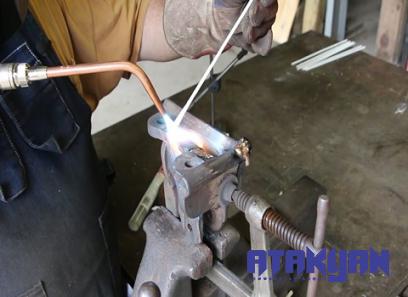 To braze weld steel effectively, a few key pieces of equipment are essential. A heat source, such as a torch or furnace, is necessary to heat the filler metal to its melting point. The heat source should be adjustable to control the temperature and ensure a proper bond. Additionally, a flux is often used to clean the metal surfaces and promote better wetting and adhesion of the filler metal. Other important tools for braze welding include a brush for applying flux, filler metal rods or wire, and safety equipment such as gloves, goggles, and a welding mask. Proper ventilation is also crucial when braze welding to prevent exposure to fumes and gases that may be released during the process.
To braze weld steel effectively, a few key pieces of equipment are essential. A heat source, such as a torch or furnace, is necessary to heat the filler metal to its melting point. The heat source should be adjustable to control the temperature and ensure a proper bond. Additionally, a flux is often used to clean the metal surfaces and promote better wetting and adhesion of the filler metal. Other important tools for braze welding include a brush for applying flux, filler metal rods or wire, and safety equipment such as gloves, goggles, and a welding mask. Proper ventilation is also crucial when braze welding to prevent exposure to fumes and gases that may be released during the process.
…
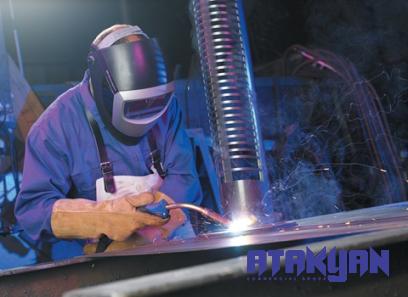 Braze welding steel requires a careful and precise technique to achieve strong and reliable bonds. The following steps outline a typical braze welding process:
Braze welding steel requires a careful and precise technique to achieve strong and reliable bonds. The following steps outline a typical braze welding process:
Clean the metal surfaces to be joined using a wire brush or sandpaper to remove any dirt, rust, or oxides. Apply flux to the surfaces to improve wetting and adhesion.
Use a torch or other heat source to heat the base metals to the appropriate temperature for the filler metal to flow. Heat the metals evenly to prevent warping or distortion.
Once the base metals reach the right temperature, introduce the filler metal into the joint. The filler metal should flow smoothly and evenly into the gap between the metals.
Allow the joint to cool slowly to prevent cracking or brittleness. Avoid sudden temperature changes that could weaken the bond.
After the joint has cooled, clean off any remaining flux residue with a wire brush or solvent to reveal the finished braze weld.



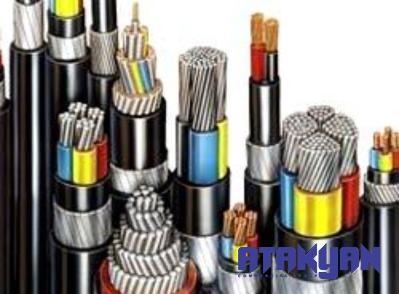
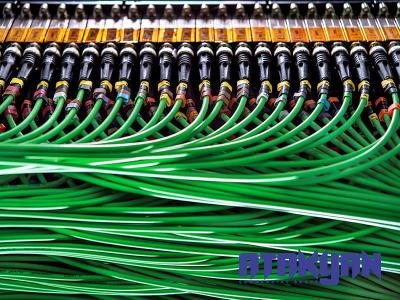

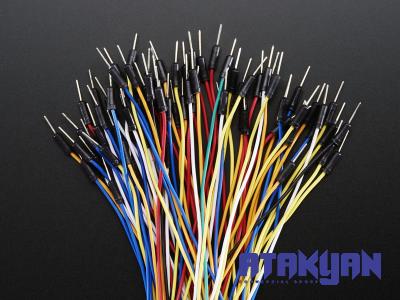

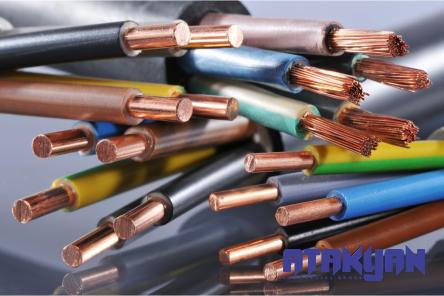
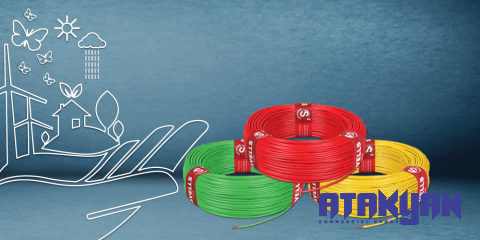
Your comment submitted.